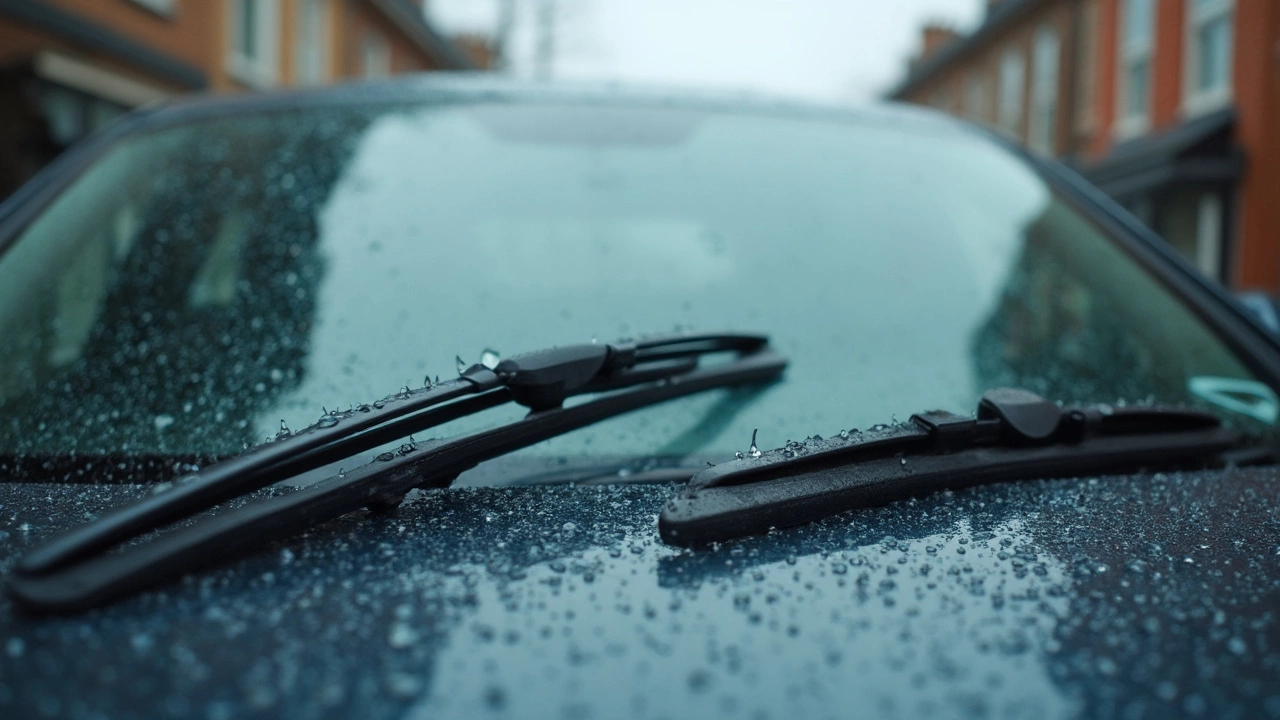Best Wipers for Your Car: How to Choose and When to Replace
When it comes to driving safely in rain, snow, or even dust, nothing matters more than clear visibility—and that starts with your windshield wipers, the blades that sweep water and debris off your windshield to keep your view clear. Also known as wiper blades, they’re one of the most overlooked parts of your car, but they’re the first line of defense against accidents caused by poor sightlines. If your wipers leave streaks, chatter, or miss spots, you’re not just dealing with an annoyance—you’re risking your safety.
The wiper size, the exact length of the blade needed for your car’s windshield isn’t something you guess. Every car model has specific dimensions, and using the wrong size means gaps in coverage or even damage to the windshield. You’ll find this info in your owner’s manual, or by checking a trusted online wiper size guide. But size isn’t the only thing that matters. There are different types: traditional frame-style blades, beam blades that hug the curve of modern windshields, and hybrid designs that combine strength with flexibility. Beam blades tend to perform better in heavy snow and high winds because they press evenly across the glass. If you live in the UK where weather changes fast, you want something built for constant rain and occasional ice.
And then there’s the material. Rubber degrades over time—sun, heat, cold, and road grime all eat away at it. Even if your wipers don’t look worn, they might be losing their grip. Most manufacturers recommend replacing them every 6 to 12 months, but if you notice smearing, skipping, or squeaking during light rain, don’t wait. A $20 pair of good wipers beats a $100 repair from a cracked windshield caused by a dry, cracked blade scraping glass.
Some drivers think expensive wipers are just a brand name. But real-world testing shows that premium wipers—like those designed for European cars or with silicone coatings—last longer and perform better in extreme conditions. Brands like Bosch, Michelin, and Rain-X aren’t just marketing; they’ve engineered their blades to reduce wind lift, resist freezing, and maintain consistent pressure. You don’t need the most expensive ones, but you do need ones made for your driving conditions.
Don’t forget the arm tension. A loose or bent wiper arm won’t hold the blade flat against the glass, no matter how good the rubber is. If your wipers jump or lift at high speeds, it’s not the blade—it’s the arm. And if you’ve got a rear wiper, replace it at the same time. It’s easy to forget, but that small blade matters just as much when you’re reversing in a downpour.
What you’ll find below are real guides from drivers and mechanics who’ve been there—how to measure your wiper size correctly, which types handle UK winters best, and the exact signs your wipers are failing before you can’t see the road. No fluff. No guesswork. Just clear, practical advice you can use the next time you pull into the garage.

How Much Should You Spend on Wipers? Get the Right Value for Your Windshield
Wondering how much you should actually spend on wipers? This article gets real about where to save and where to splurge when it comes to windshield wipers. You’ll see what affects the price, what you get for different spending levels, and helpful tips on picking the right kind for your car and climate. Expect practical advice on making your wipers last and avoiding common mistakes. Perfect for drivers who want clear visibility without wasting money.
June 20 2025